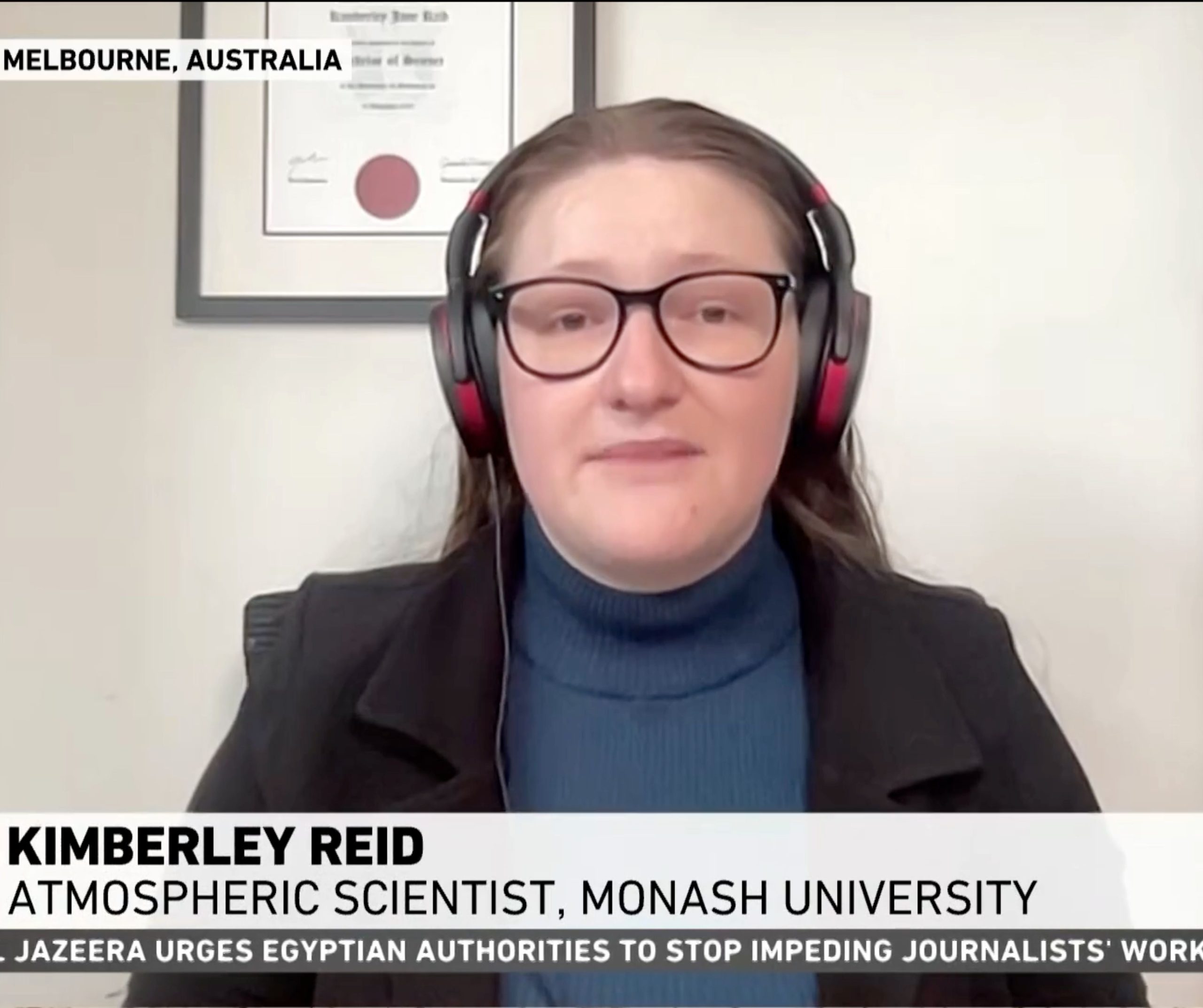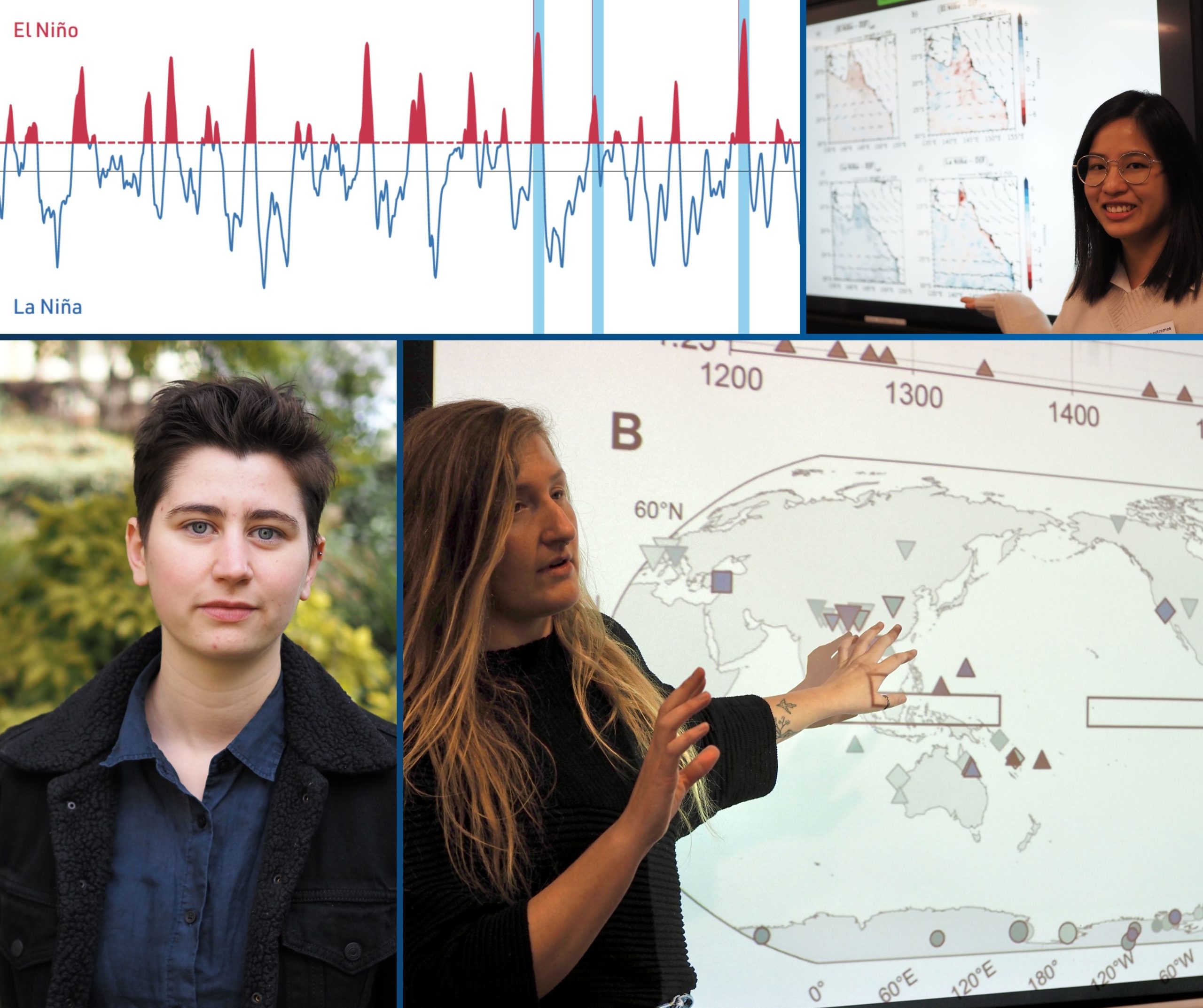The science behind climate extremes is fascinating and diverse.
Our experts love to share their work with the media, websites like The Conversation and here at climateextremes.org.au – here’s some of their latest articles.
Note: sometimes we also share work and articles from researchers and organisations not directly affiliated or funded by our Centre. We love to share interesting work done by others in our field. If you’d like to share or adapt our work, please get in touch – email clex@unsw.edu.au
-
Climate change is disrupting ocean currents. We’re using satellites and ships to understand how
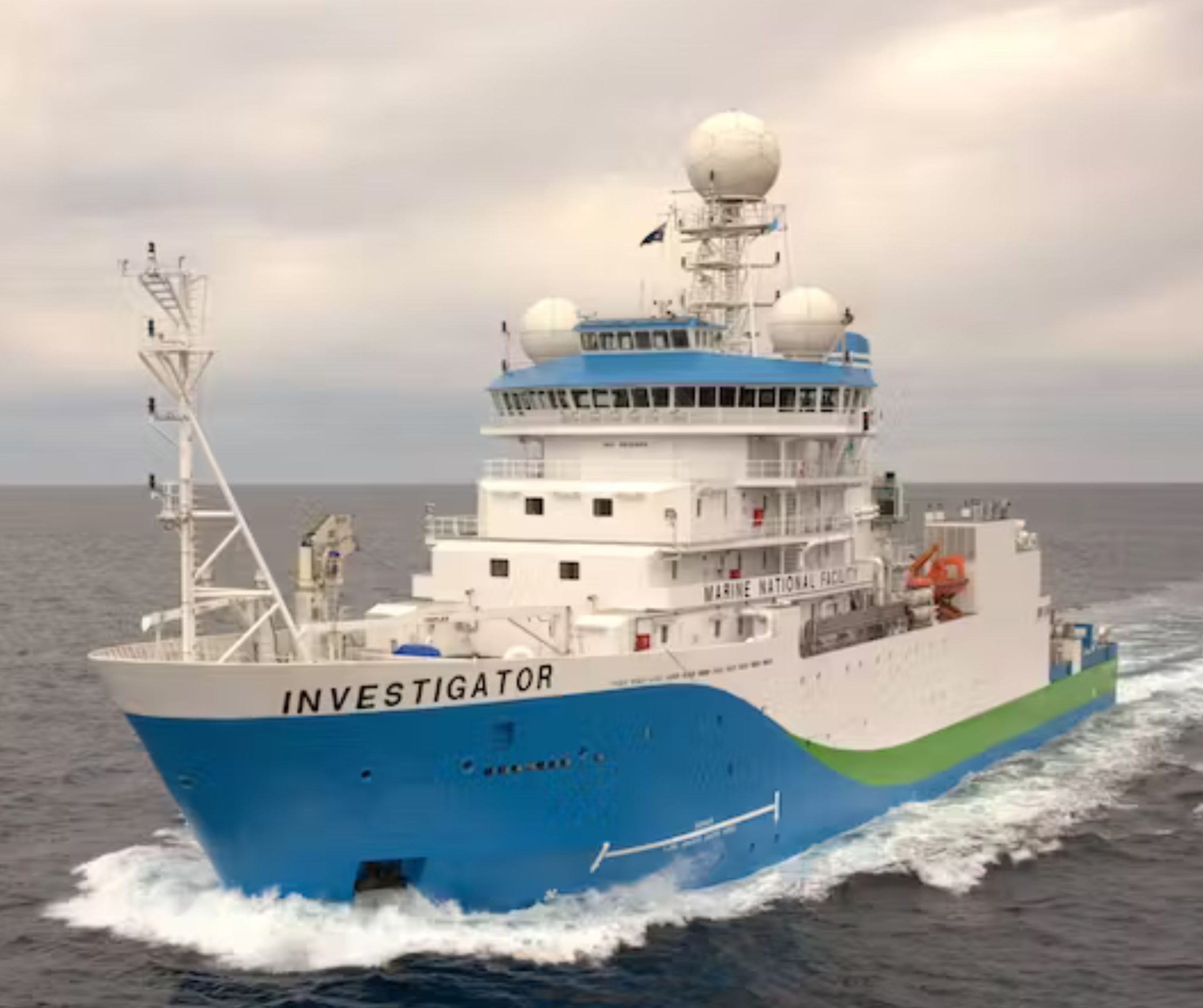
We hope to better understand how our oceans are changing using what we observe in space, at sea — and in the playground.
-
6 reasons why global temperatures are spiking right now
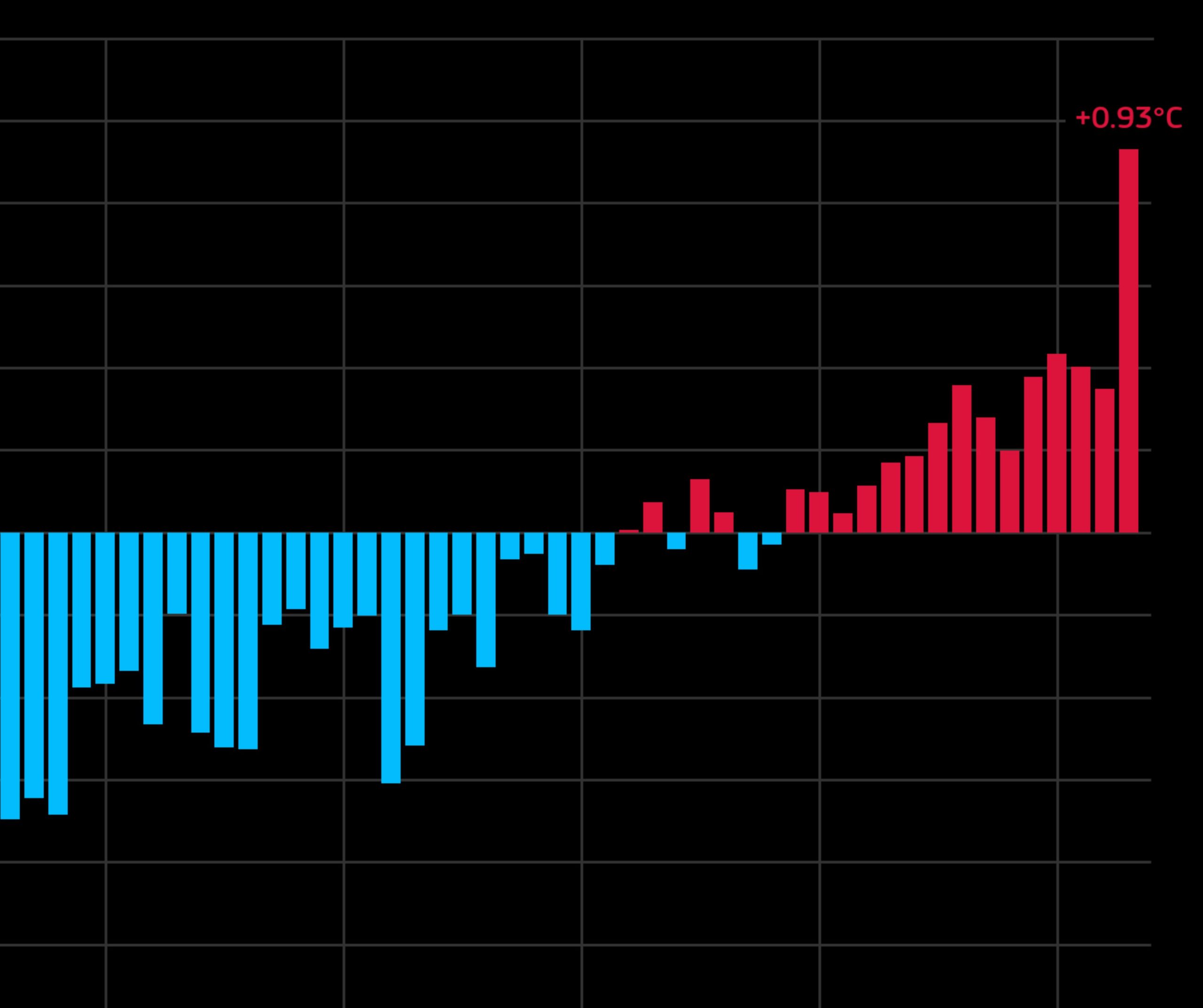
By far the biggest contributor to the overall +1.7°C global temperature anomaly is human-caused climate change.
-
-
What is detection and attribution?
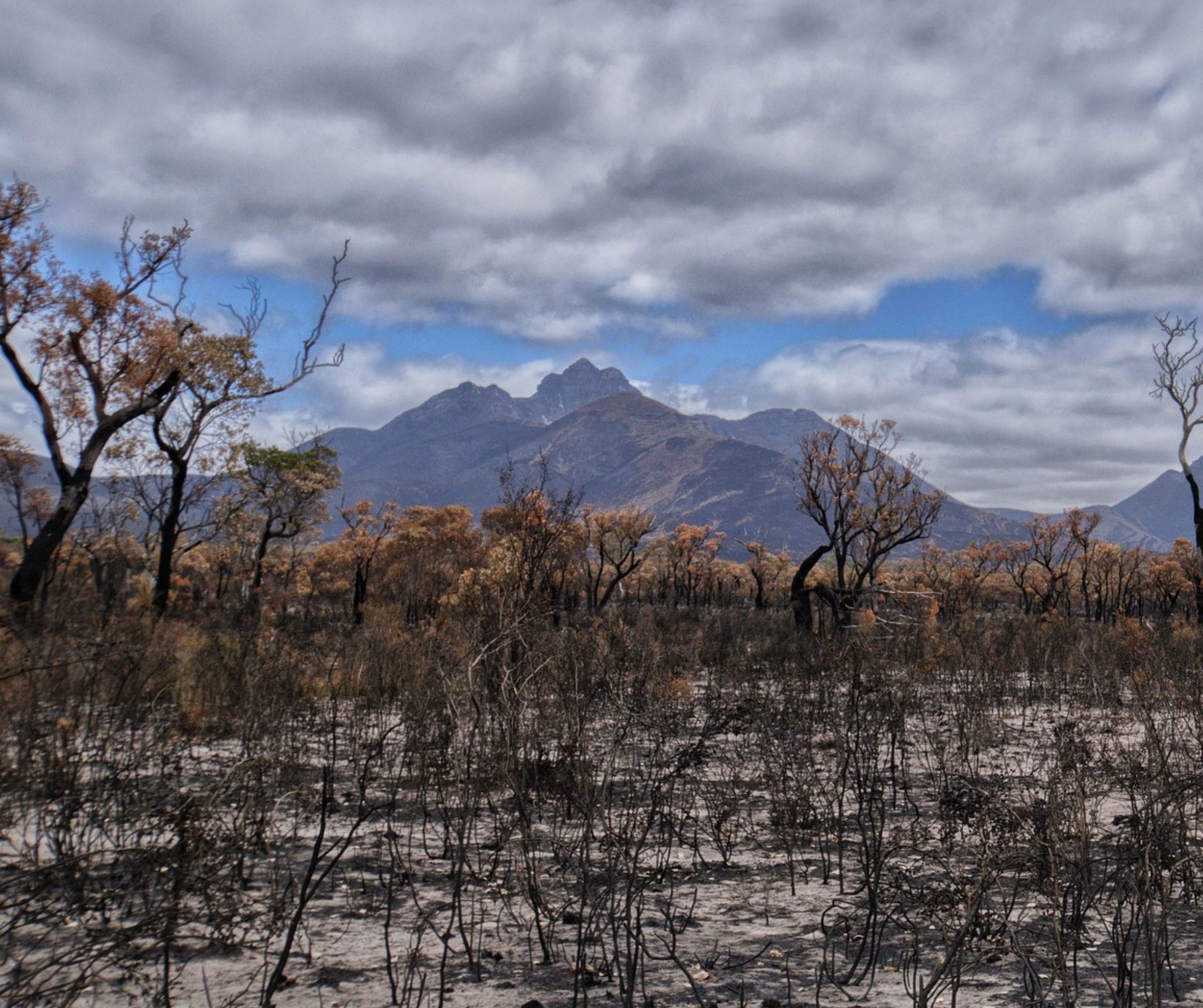
Understanding the role of climate change behind costly or deadly impacts allows for mitigation and response systems such as building codes or public health resources to be sufficiently bolstered, particularly as the risk of impacts increases.
-
BOM finally calls El Niño
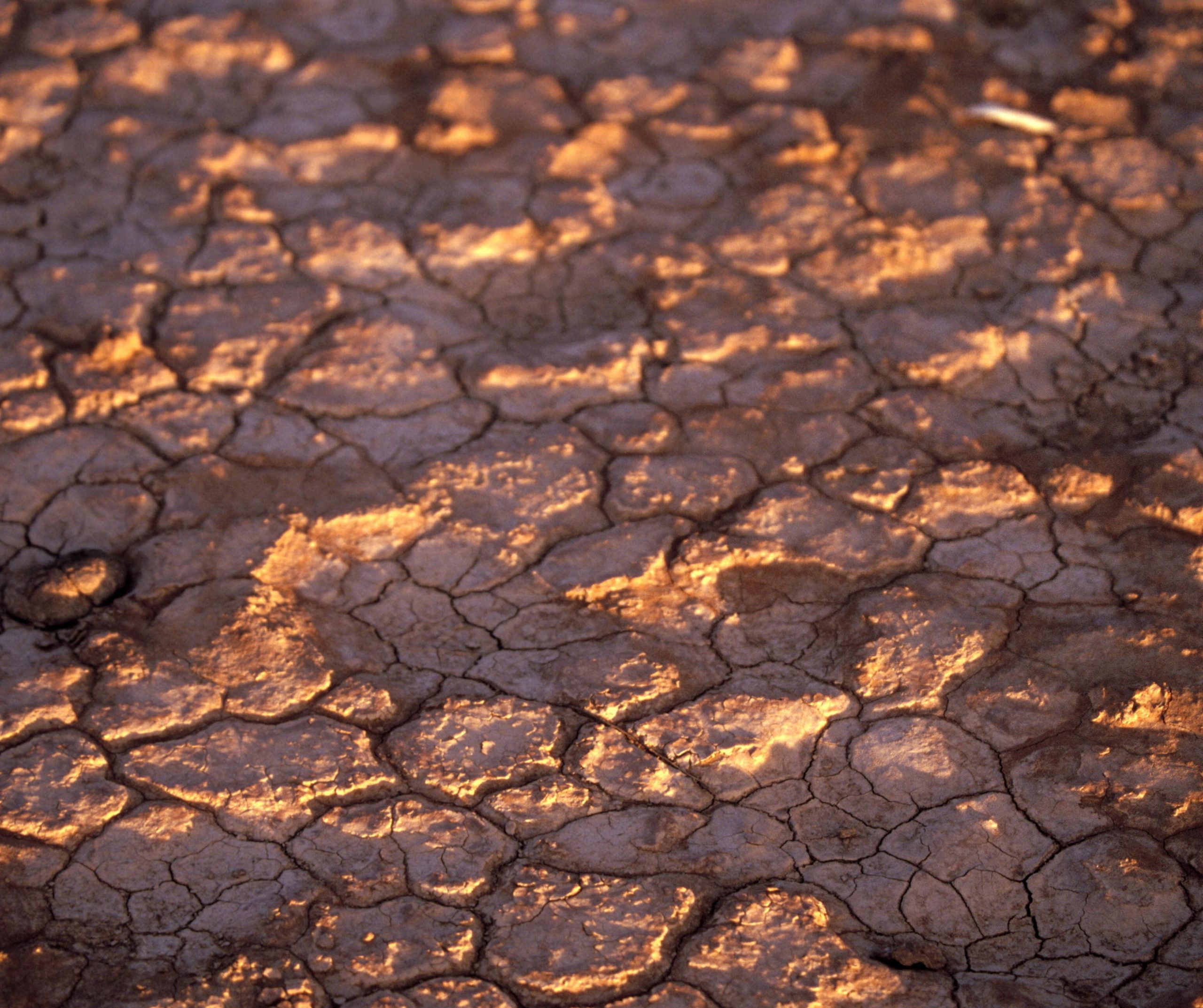
This week, the Bureau of Meteorology (BOM) announced that an El Niño has been declared and is underway in Australia.
-

